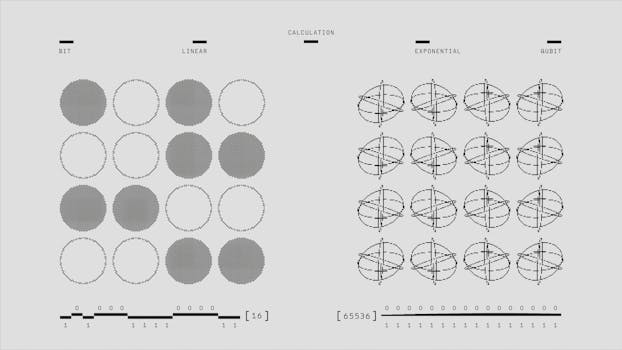
Introduction to Quantum Mechanics

Understanding quantum mechanics is crucial for grasping the fundamental nature of reality. At its core, quantum mechanics describes the behavior of particles at the atomic and subatomic levels. This branch of physics challenges our classical perceptions of the universe, leading to intriguing implications for how we view existence.
The Basics of Quantum Mechanics

Quantum mechanics operates on principles that defy classical physics. For instance, particles can exist in multiple states simultaneously, a phenomenon known as superposition. This is illustrated through the famous thought experiment known as Schrödinger’s cat, where a cat in a box can be both alive and dead until observed. This paradox emphasizes the role of the observer in determining the state of a quantum system.
Key Concepts in Quantum Mechanics

Another fundamental concept is entanglement, where particles become interconnected such that the state of one instantly influences the state of another, regardless of distance. This challenges our understanding of locality and suggests a deeper connection between particles that transcends traditional spatial constraints.
Implications for Reality

The implications of quantum mechanics extend beyond physics into philosophy and metaphysics. If particles can exist in multiple states and be interconnected in ways we do not fully understand, what does this mean for the nature of reality? Some interpretations suggest that reality is not a fixed entity but a fluid construct influenced by observation and consciousness.
Conclusion

In conclusion, understanding quantum mechanics opens up new avenues for exploring the nature of reality. Its principles challenge our classical views and invite us to rethink fundamental concepts about existence. As we continue to delve into the mysteries of quantum mechanics, we may uncover deeper truths about the universe and our place within it.




